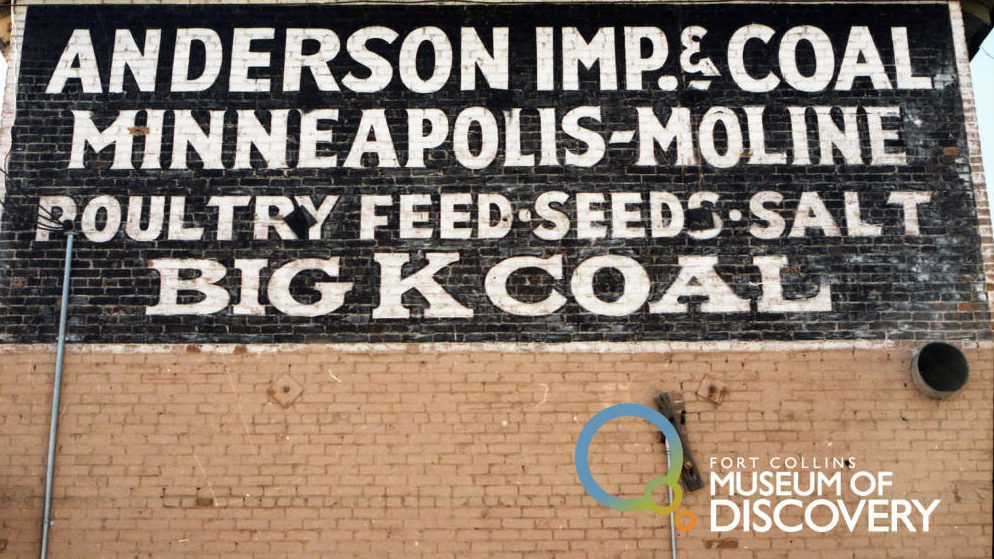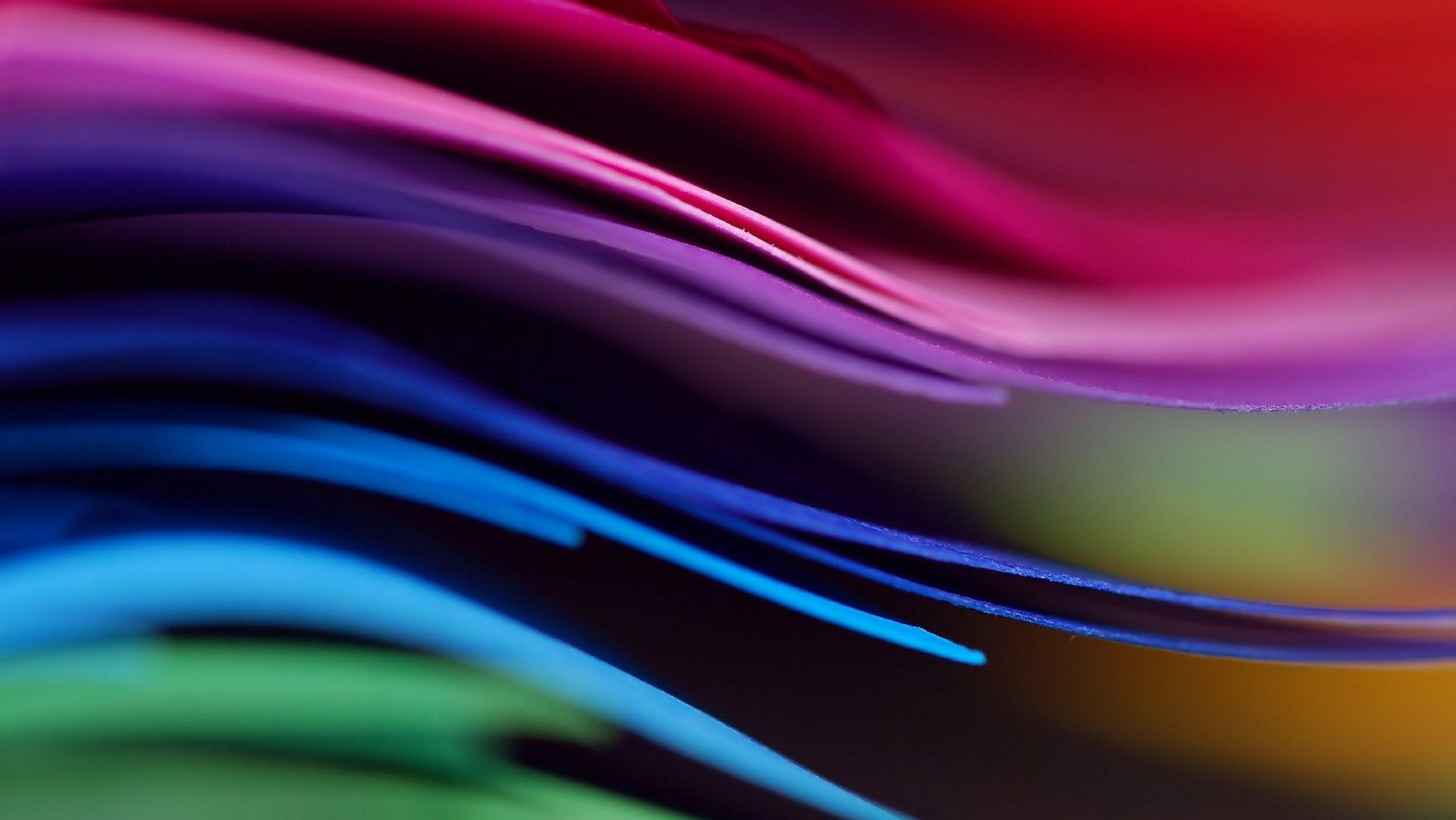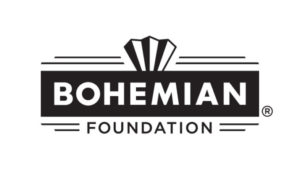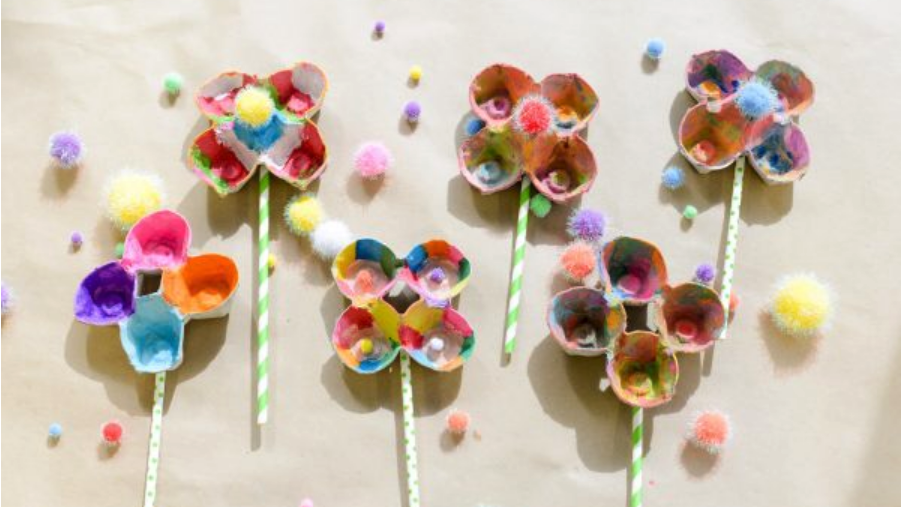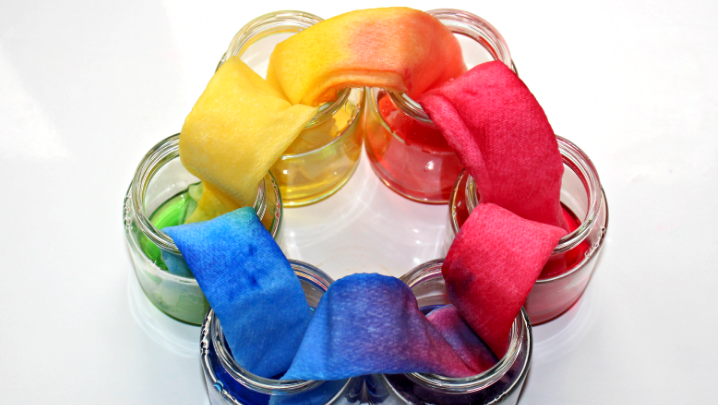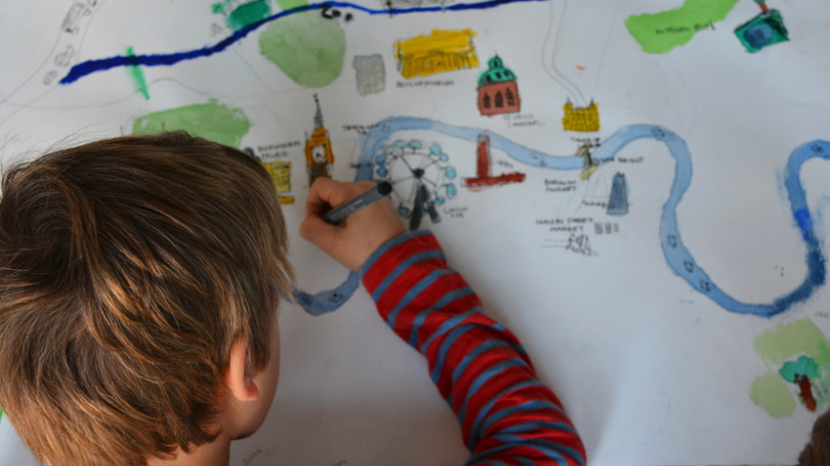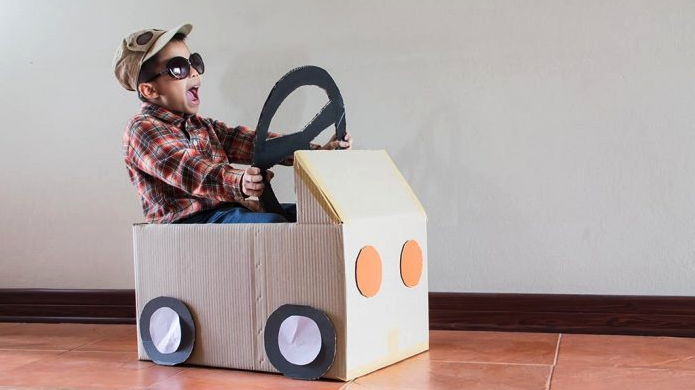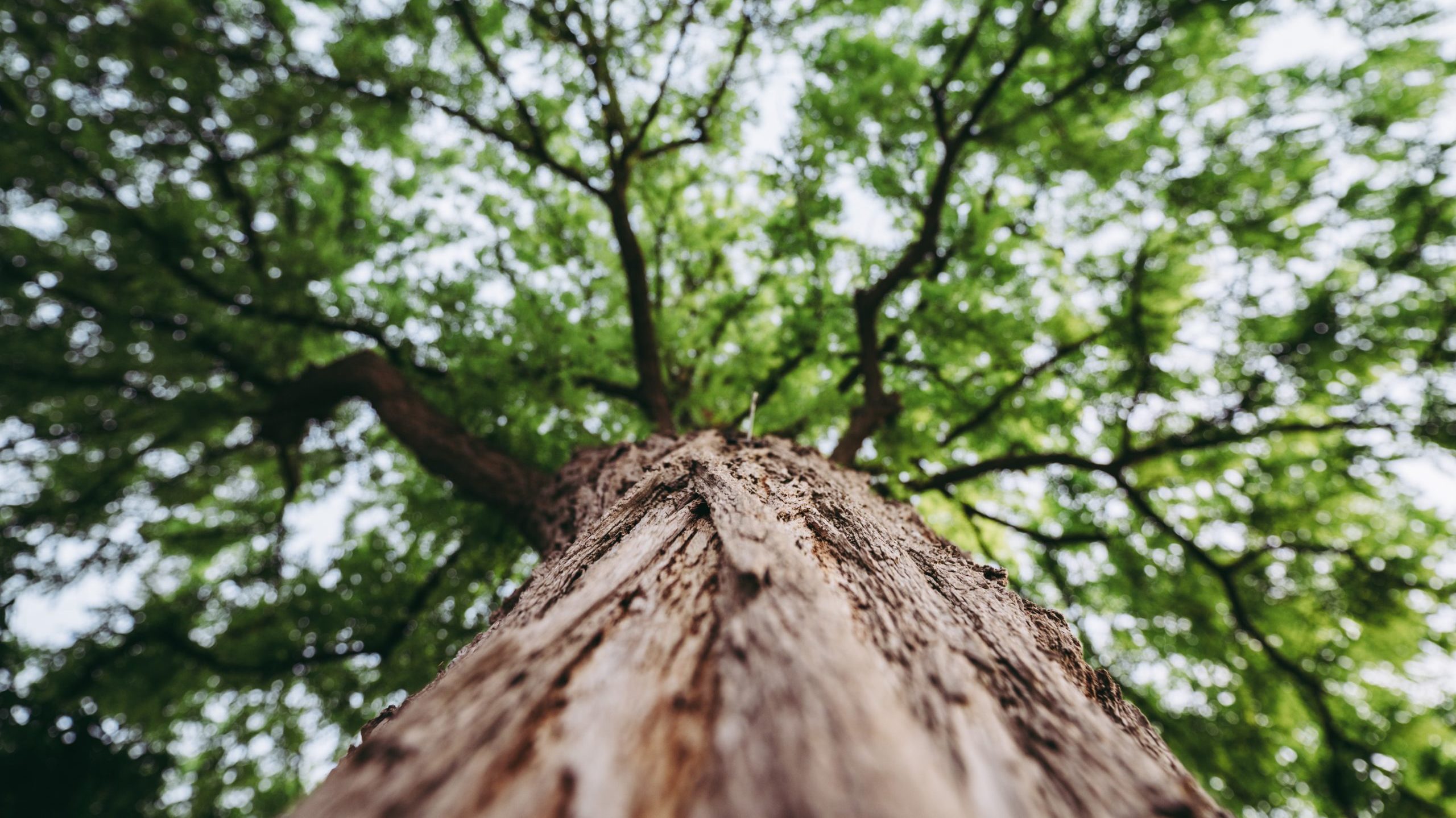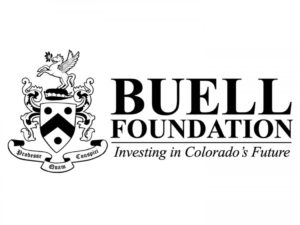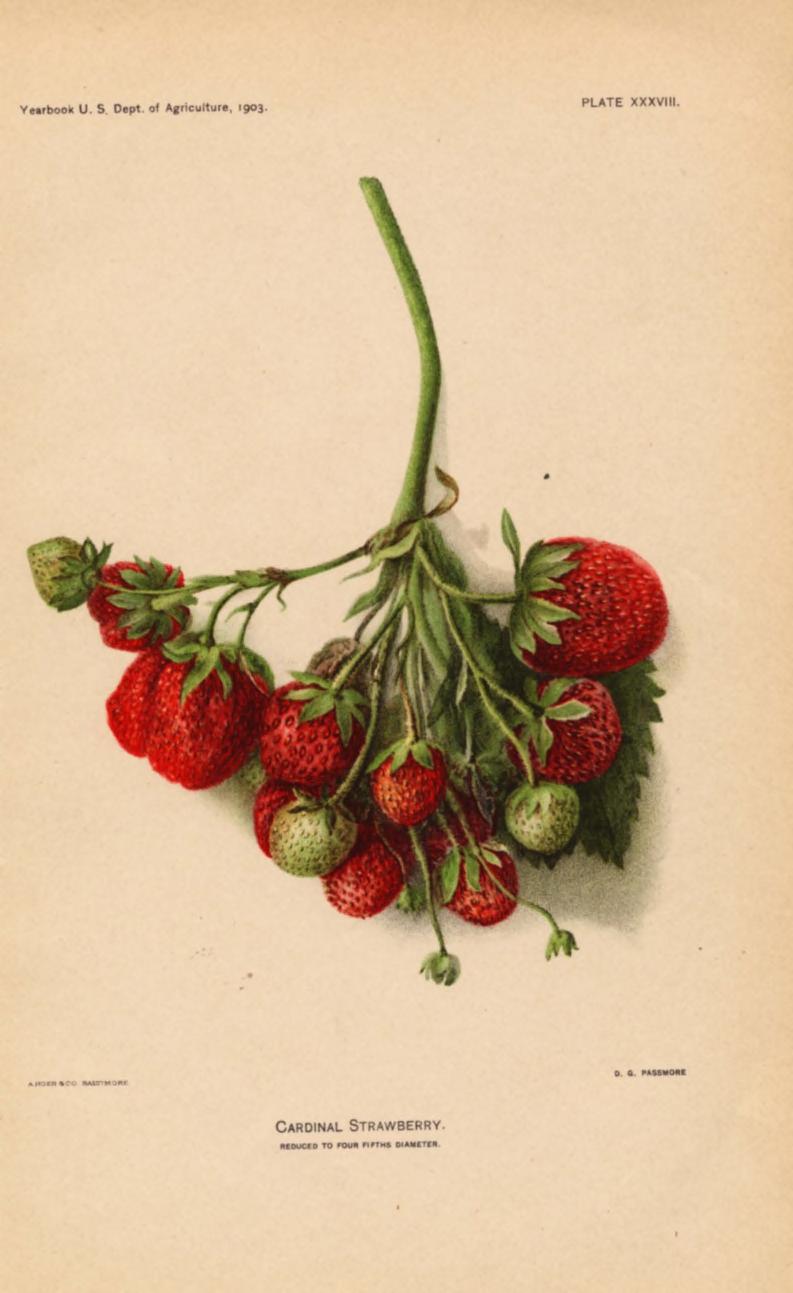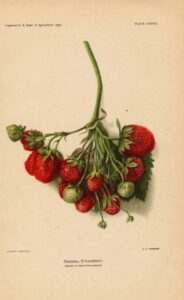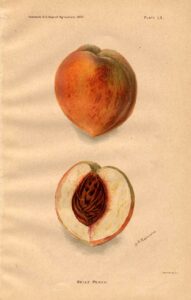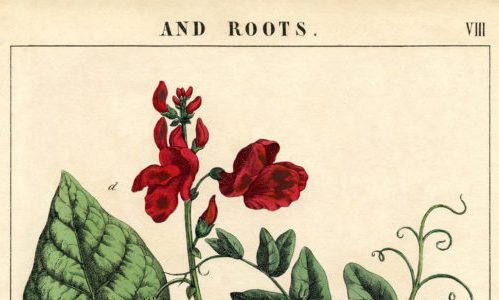Post written by Lesley Struc, Curator of the Archive.
Daily Discovery: Ghost Signs of Fort Collins!
A “ghost sign” sounds spooky, but it’s not! It is an old, painted sign on the outside of a building that once advertised things like grocery stores, hotels, and food and drink. They are called “ghosts” because they reflect life in the past; sometimes they are easier to see when the lighting is just right on brick buildings, or when rain brings out their faded colors.
Old Town in Fort Collins features many of these magical old ghost signs. Take a virtual tour of local ghost signs by visiting here!
Then, step into the past by making your own historically inspired ghost sign!
Supplies:
- Small sponge rectangle (we used the edge of a “magic eraser” but any sponge will work)
- White paper that takes paint well
- Red paint (we used washable finger paint)
- Paper plate for holding paint
- Pencil and Crayons (bright, contrasting colors work best)
- Glue stick
- Newspaper or other scrap paper to protect your work surface
- Construction paper that is larger than your white paper for mounting the final picture
Instructions:
- Lay out a few pieces of scrap paper beneath your white paper to protect your work surface from paint.
- Cut the edge of a sponge into a small rectangle (about 1” x 2”) for dipping into the red paint.
- Pour some red paint onto the paper plate and dip the sponge, saturating it in the paint.
- Start stamping the paper in a brick pattern as shown below.
- Let the paint dry completely. The paper may wrinkle a bit while drying, and that is okay!
- Sketch out your ghost sign on the bricks lightly in pencil first, then go over your design in crayon. Brighter, contrasting colors show up best on the bricks. Your designs can be inspired by actual signs in Fort Collins, like the Nedley Hotel sign in this example, or you can come up with your own idea, product, or business! (Fun fact: the Nedley Hotel ghost sign can be seen at 130 S. College in Ft. Collins and was painted about 110 years ago! It also had a light above it so it could be seen at night.)
- Using a glue stick, adhere your finished sign on a larger piece of construction paper to flatten and frame your art.
Want to download these directions? Click here for a handy PDF!
Follow along with our Daily Discovery! Click here for all activities that you can do at home.
Educational opportunities like this are supported in part by Fort Fund.


